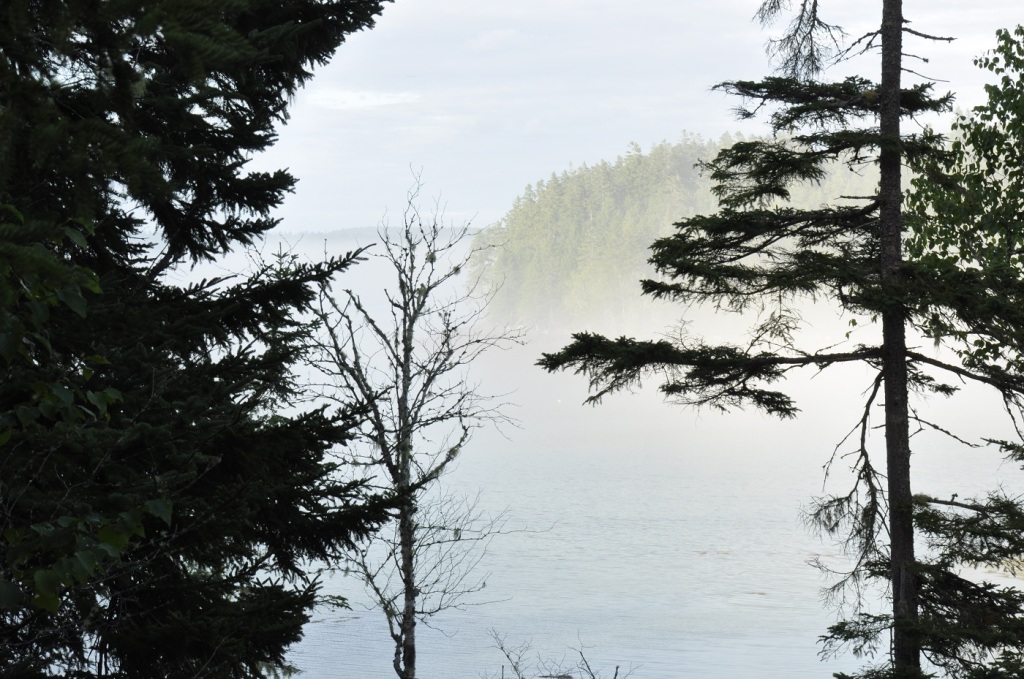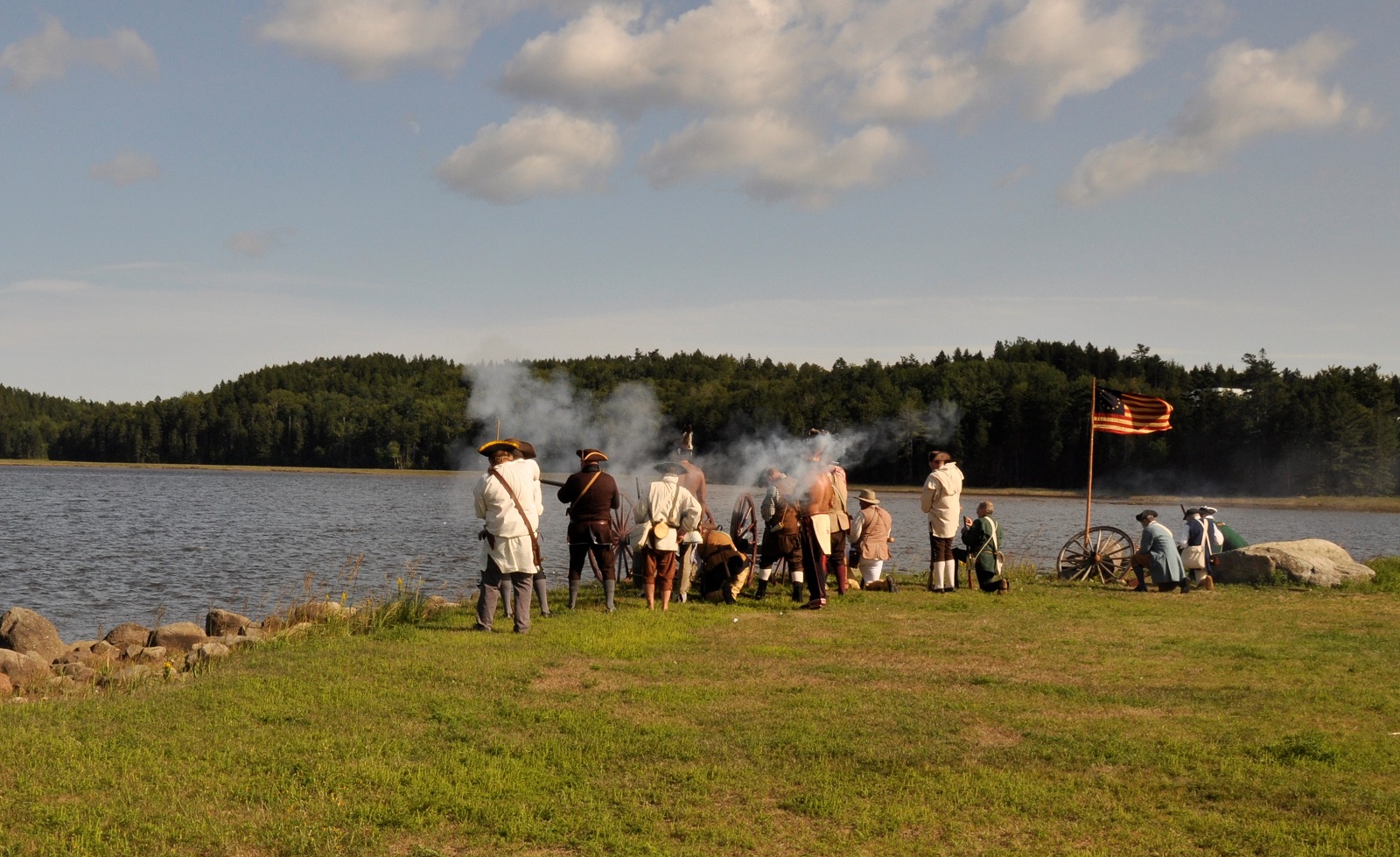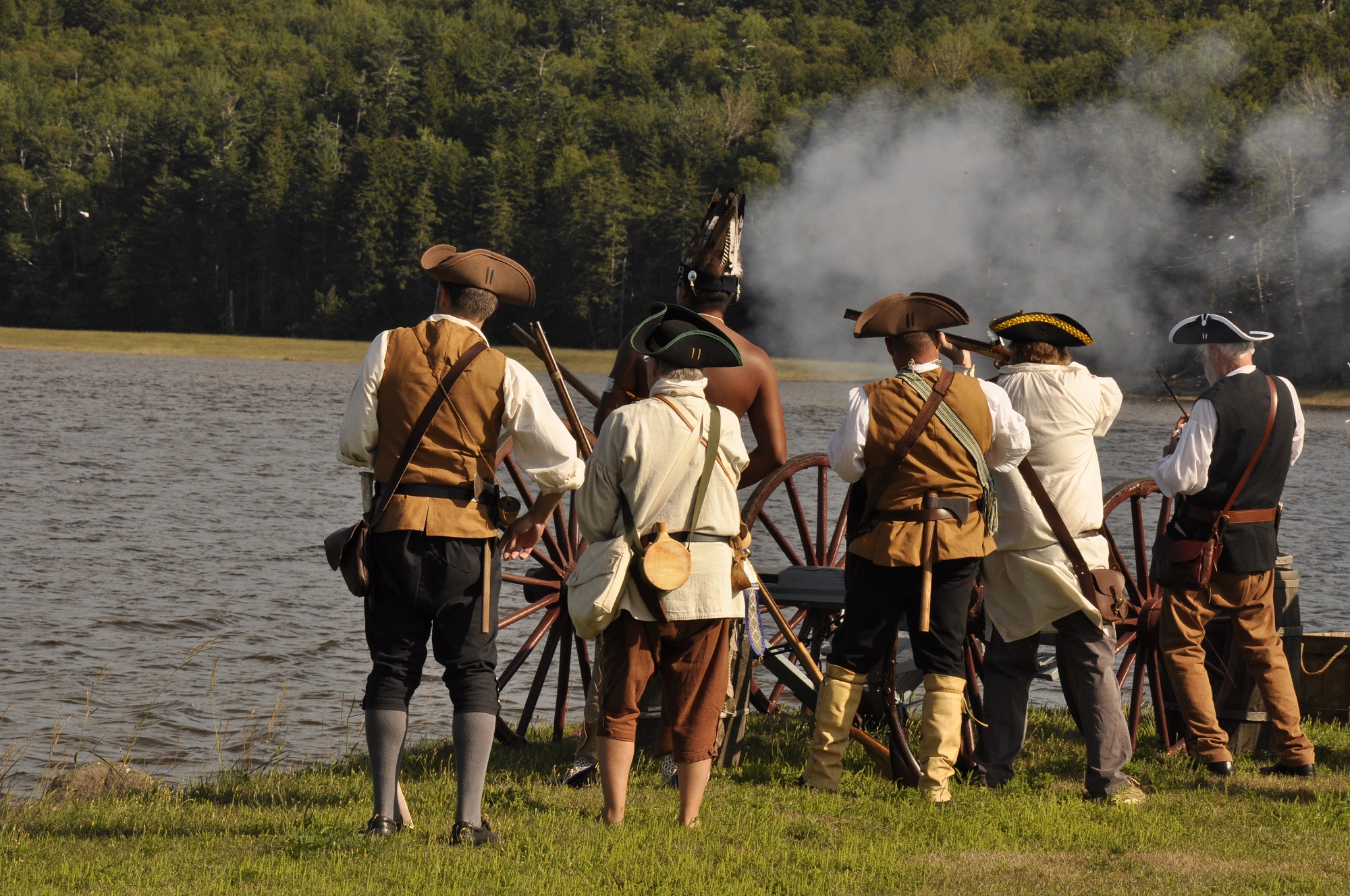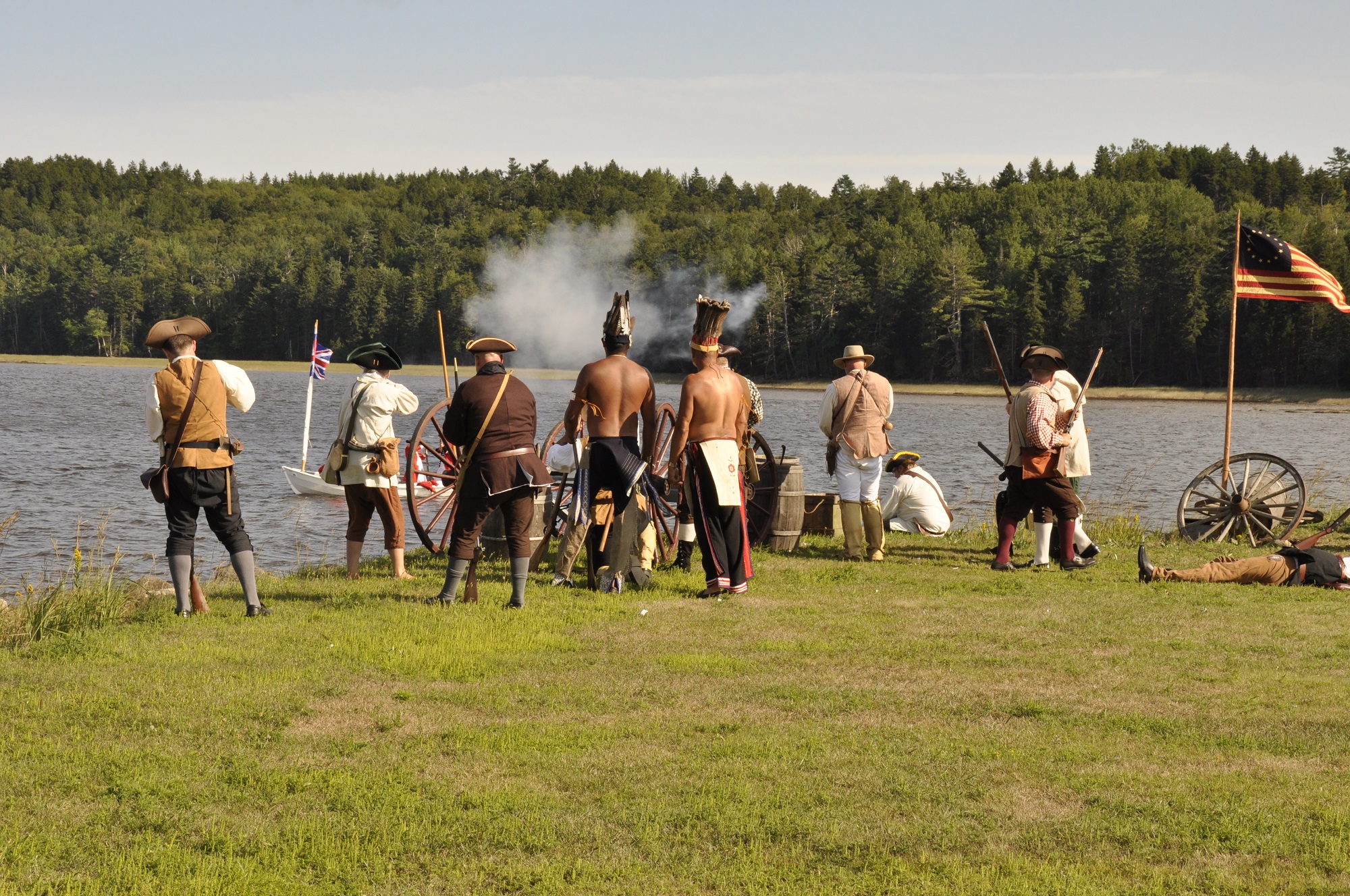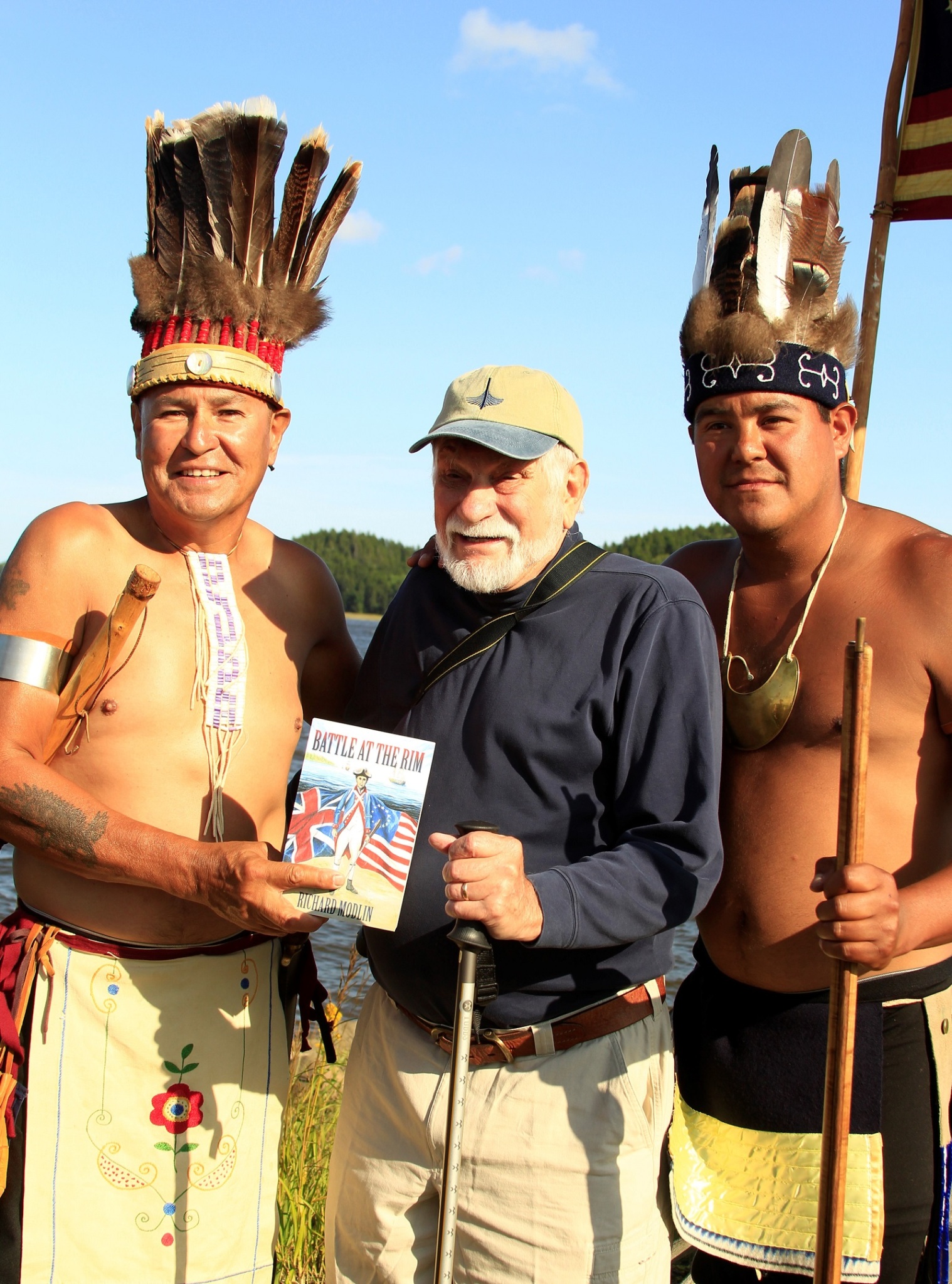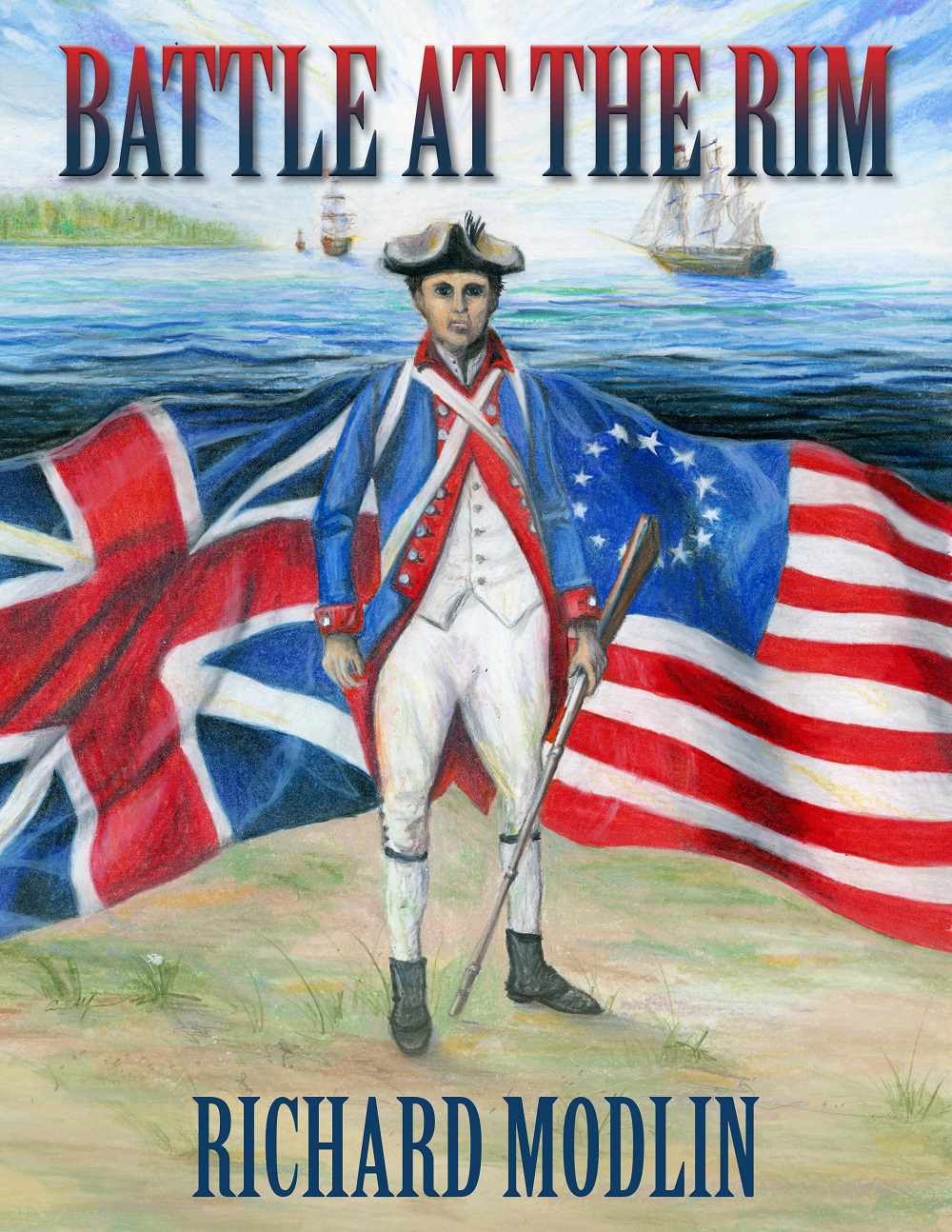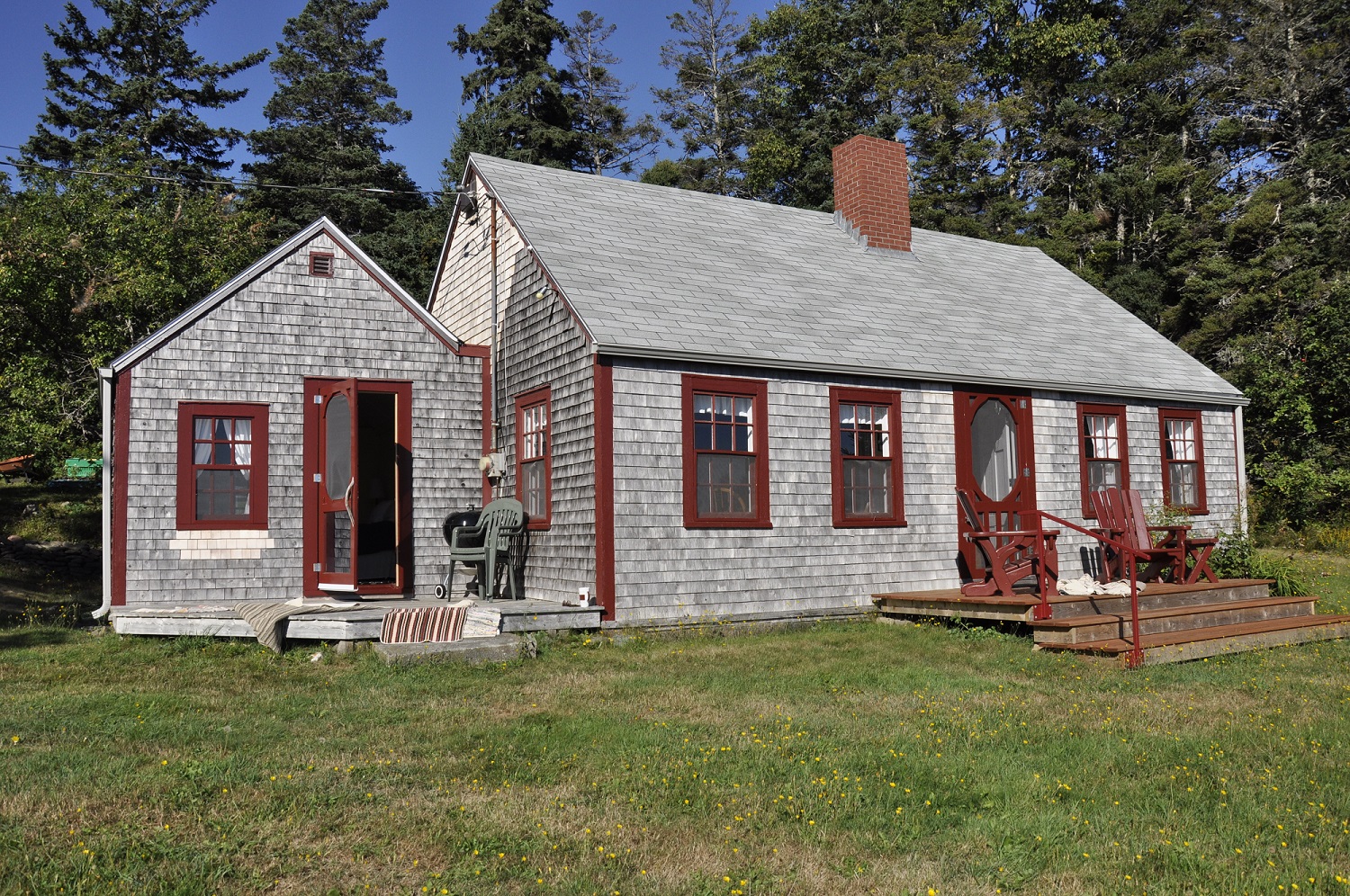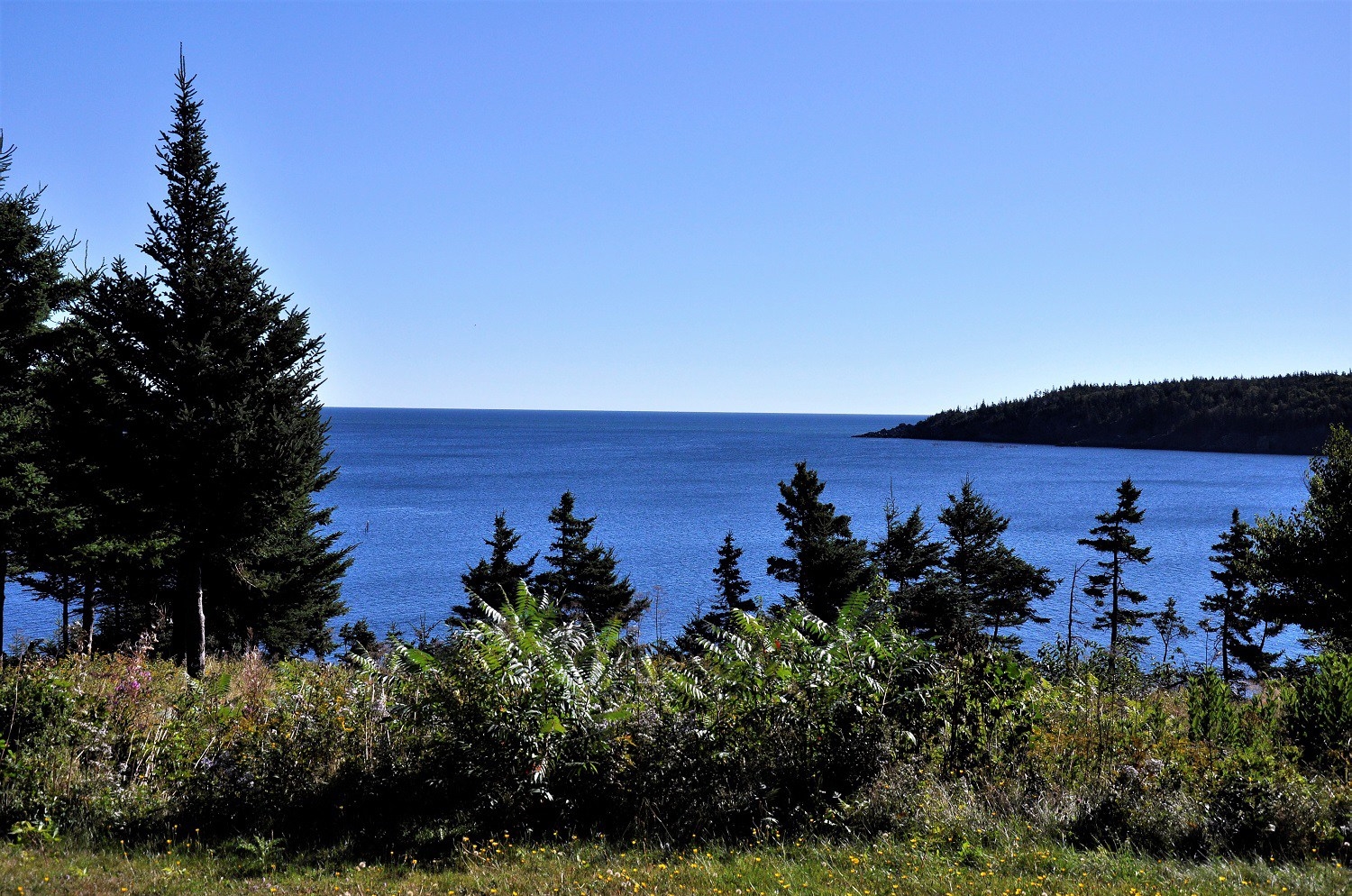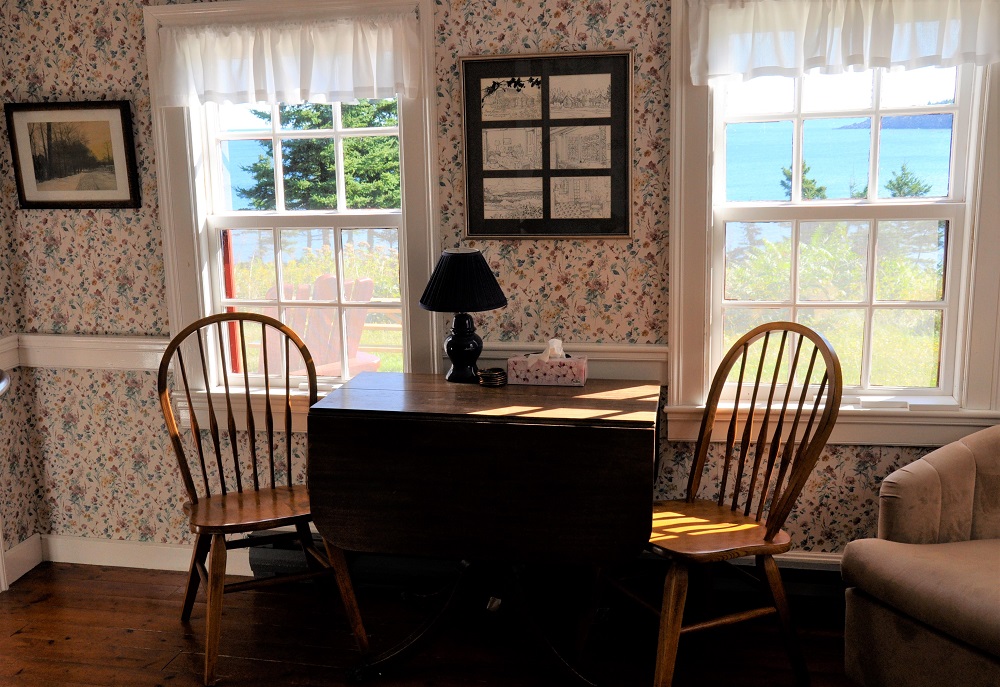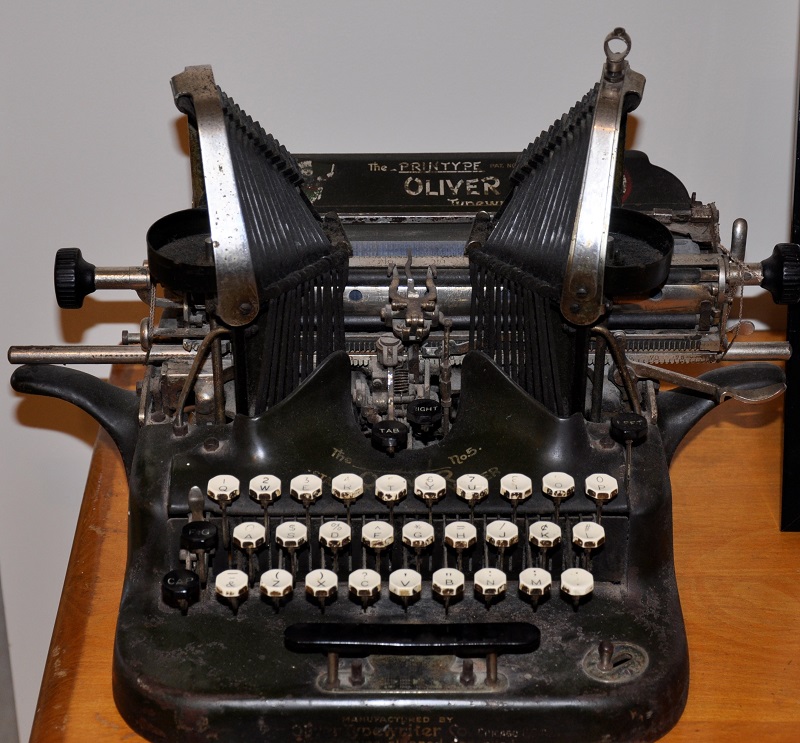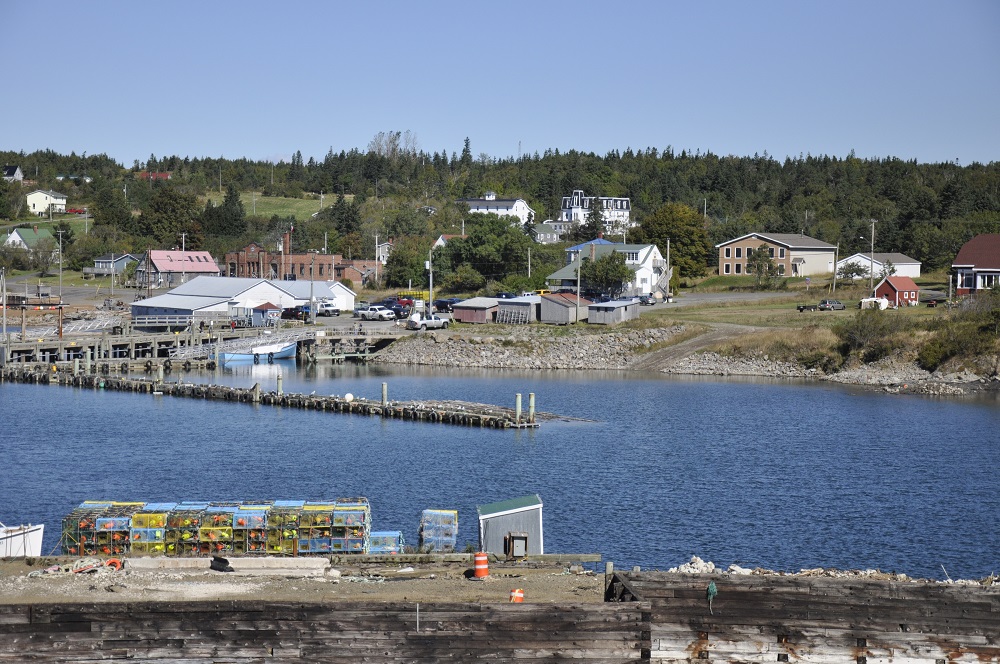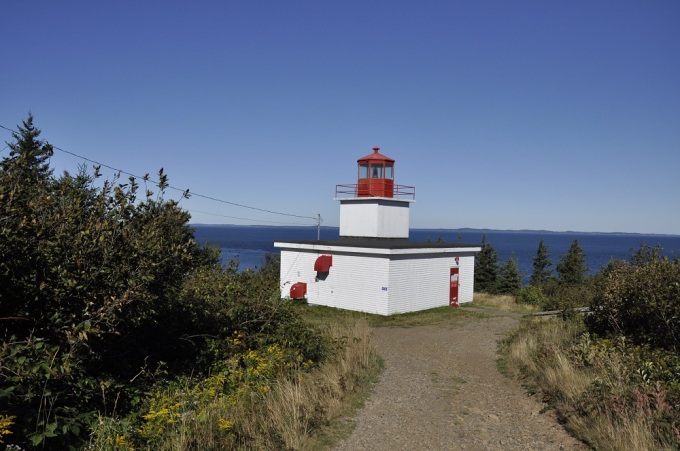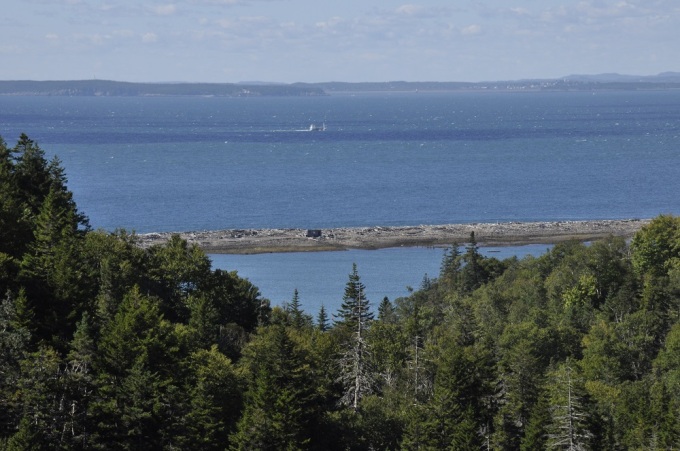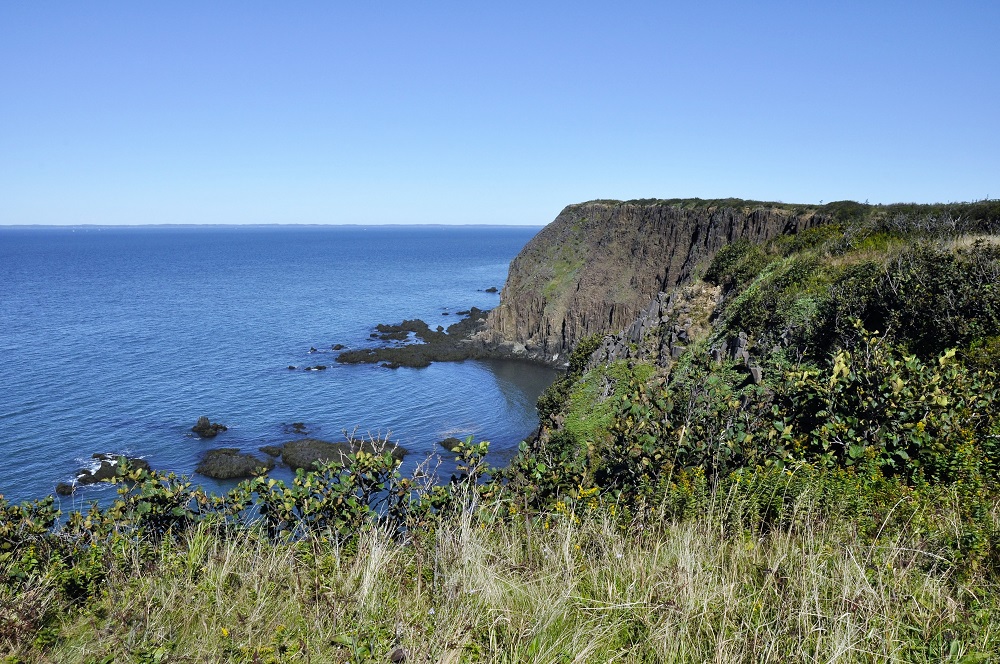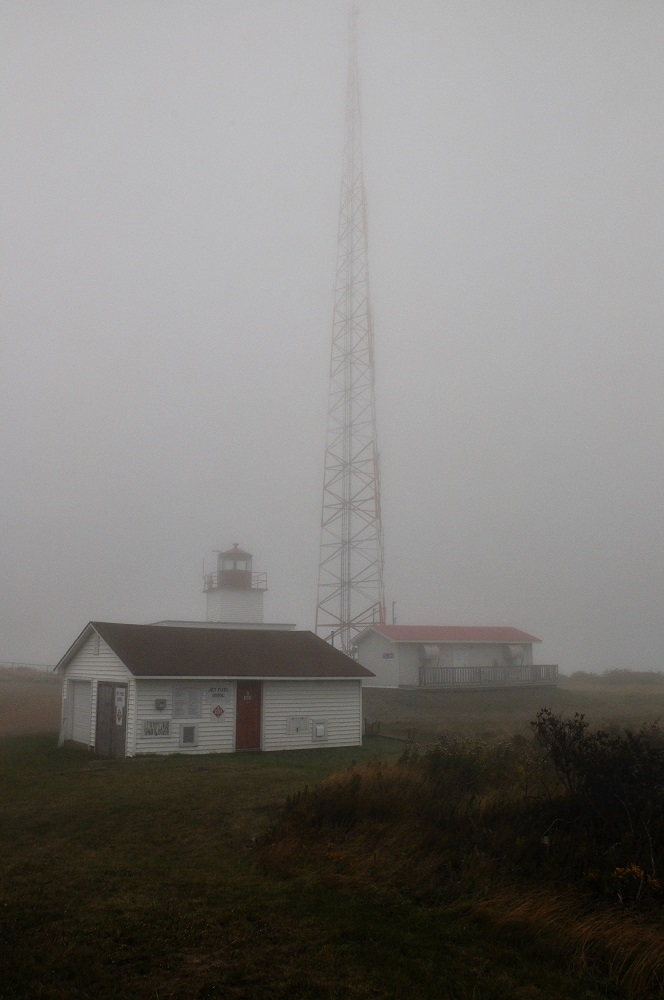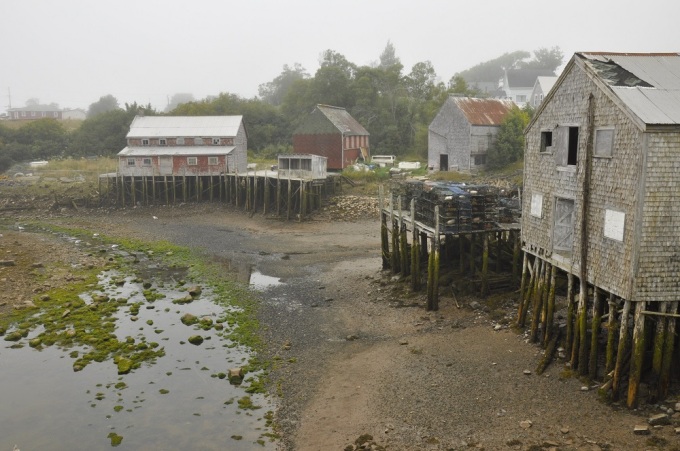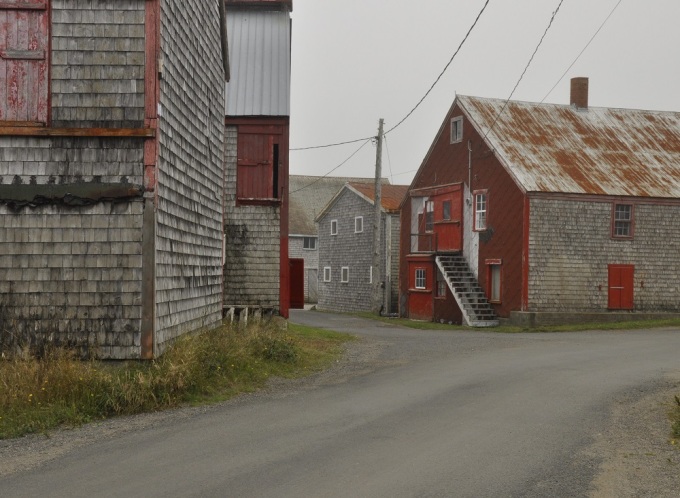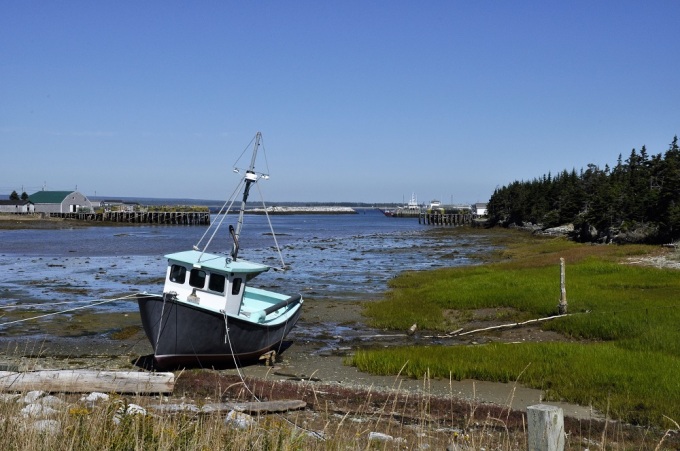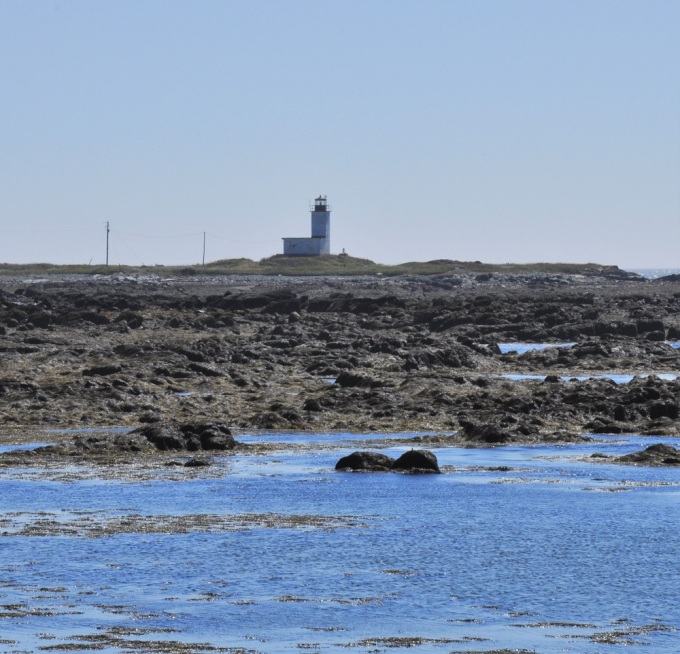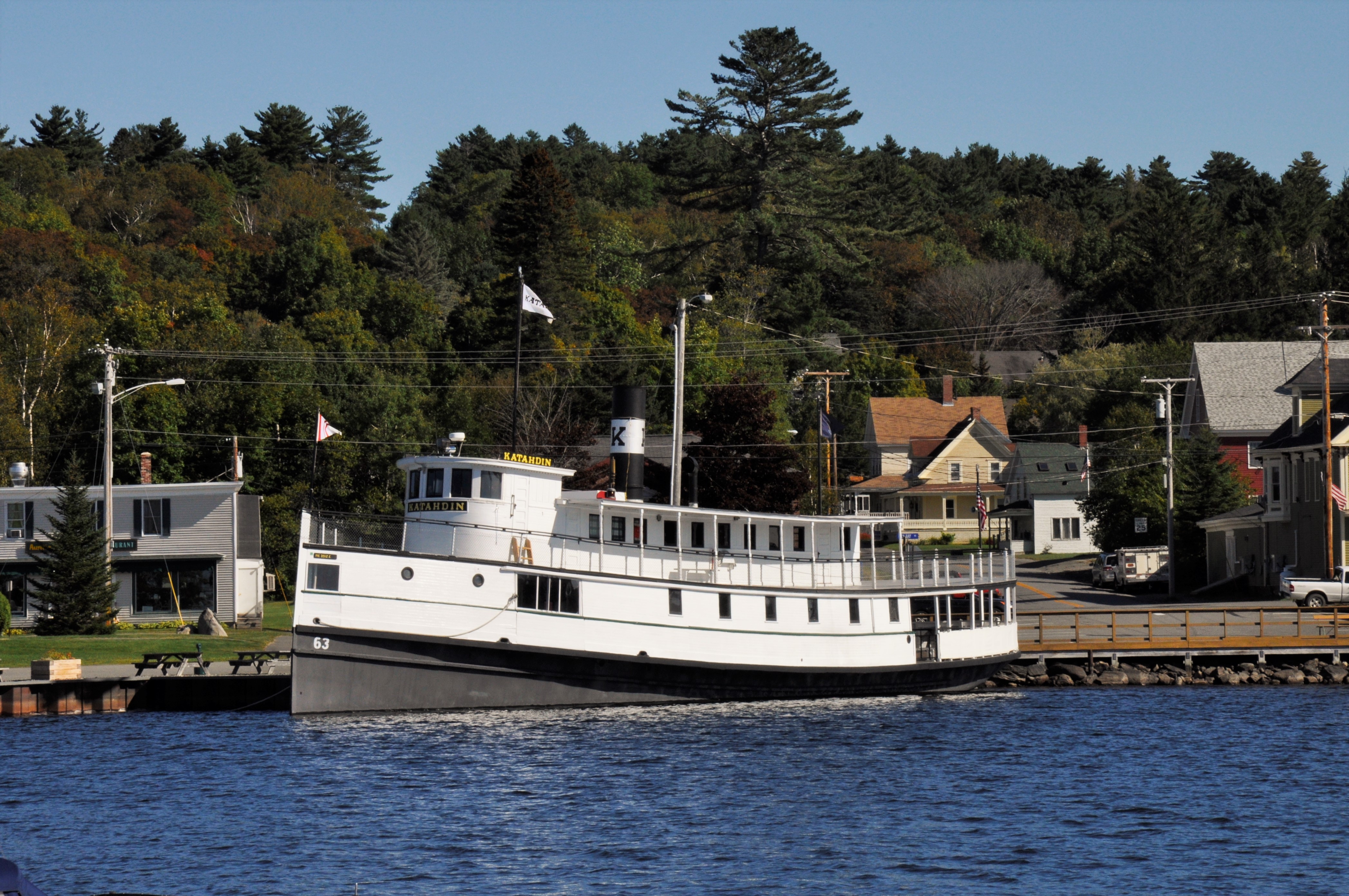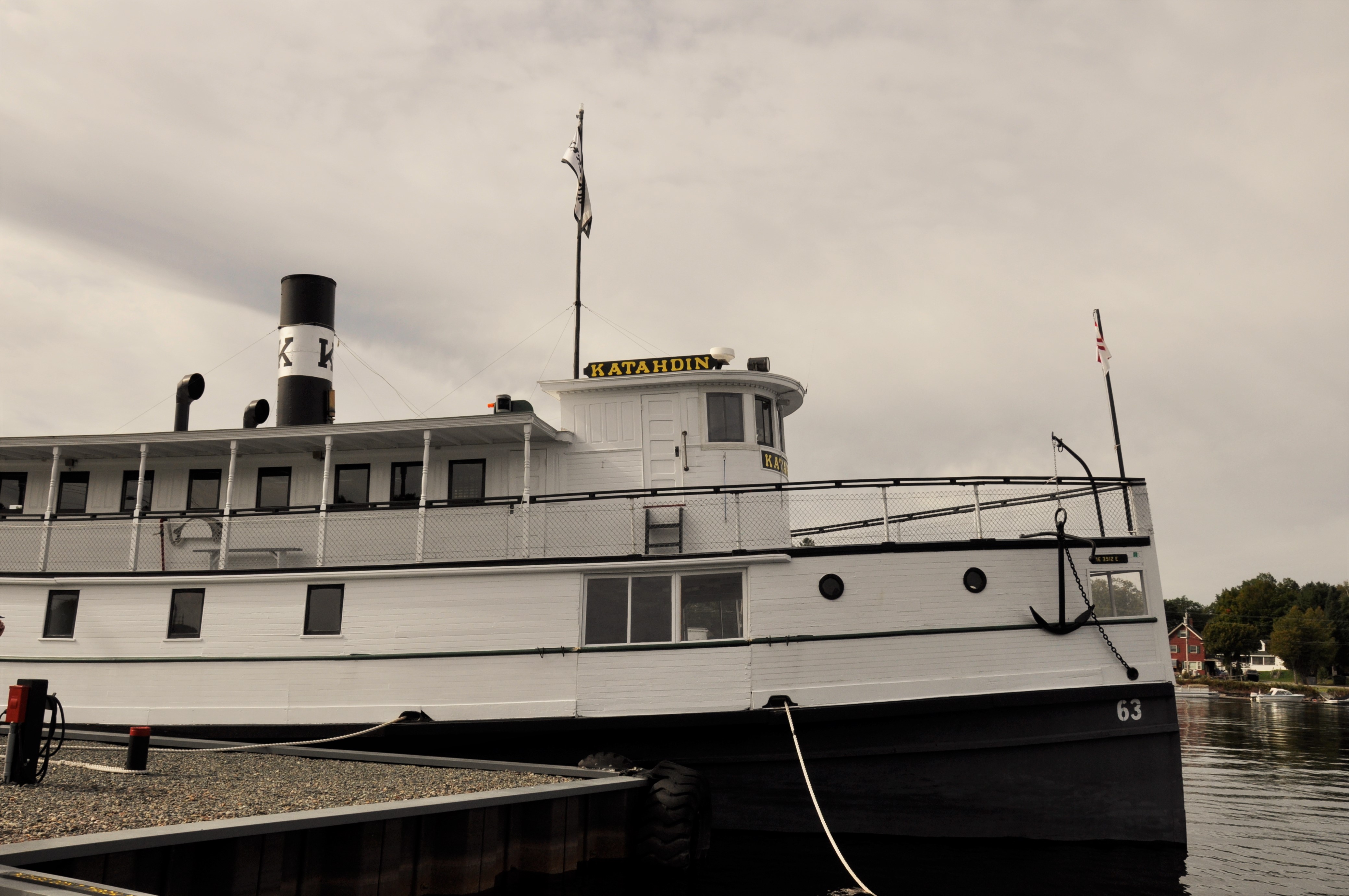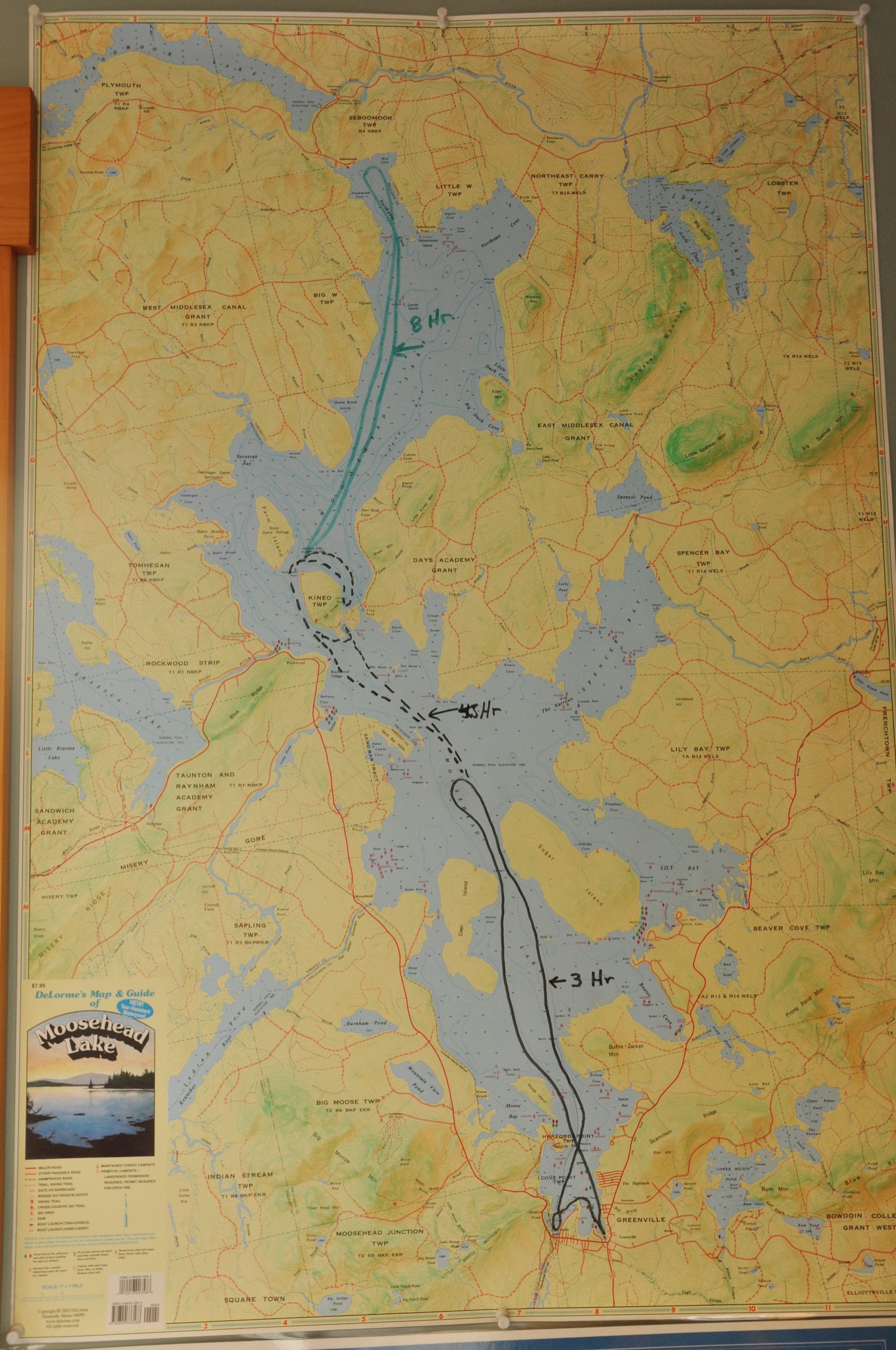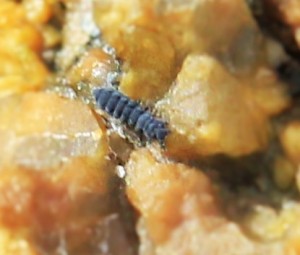Broad Cove, located between Eastport, Maine on the east and Shackford Head State Park on the west, plays a minor role in my recent novel Newfound Freedom. This is where my fictitious Captain Francklin brings his frigate HMS Buzzard to anchorage at the very northern end of the cove known as Cony Beach. From here he sends off a contingent of Royal Marines to capture the survivors of the coastal schooner Pegasus, which wrecked on Maine’s Down East Bold Coast. The captain picked this cove not only for its location to the wreck, but also because of its extreme tides (18-22 feet). At low tide the frigate will sit high and dry on the mud and his crew can careen, clean, and repair the hull from the waterline to the keel.
In reality Broad Cove has a doleful reputation. Between 25 October 1901 and 13 May 1920, five proud decommissioned Civil War warships of the Union Navy were sailed into the cove, stranded off Cony Beach, stripped of useful items, and burned to their keels. Once the tide extinguished the flames and cooled the ashes, much of the metal used in the construction of these wooden vessels was easily salvaged.

Map of Broad Cove, ME
The oldest of these ships was the 74-gun ship of the line USS Vermont, the only full sailing vessel to be burned. Her keel was laid on September 1818 in the Boston Navy Yard, but the Vermont saw little action during the War of 1812. During the Civil War the USS Vermont was re-commissioned and assigned to the South Atlantic Blockade. During this time she functioned as a receiving ship (warehouse, hospital, supply, etc.) in and near her home port of Port Royal, SC. The USS Vermont was burned 23 June 1902.
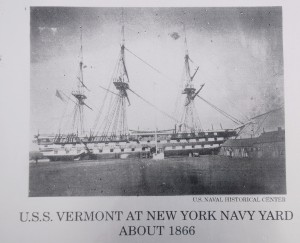
USS Vermont
A steam powered 47-gun frigate augmented with sails, the USS Minnesota was built in the Washington Navy Yard. Her keel was laid in May 1854 and she was launched 1 December 1855. The Minnesota carried about 650 men and most notably saw action in the battle against the ironclad CSS Virginia (formerly the USS Merrimac) off Hampton Roads, VA on 8 March 1862. The Minnesota ran aground and suffered bombardment from shore batteries, but continued to fire against the Virginia, but to no avail. After the Virginia sank the USS Cumberland and forced the surrender of the USS Congress, the ironclad turned its guns on the Minnesota. However, because of shallow water, the confederate vessel could not close on the Union frigate. After dark the USS Monitor came to the aid of the Minnesota. In the morning, Captain John Worden of the USS Monitor shouted his famous words to the captain of the Minnesota, “I will stand by you to the last if I can help you,” and steamed his little iron vessel toward the oncoming CSS Virginia and blocked all but one of the shots the confederate vessel lobbed at the Minnesota. By noon the famous battle of the ironclads ended—better known as the battle between the Merrimac and Monitor. The Virginia steamed away and the Minnesota was refloated and repaired. She remained in service for the balance of the war as the flagship of the North Atlantic Blockade Squadron. Her end came by fire off Cony Beach on 25 October 1901.
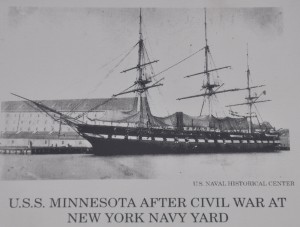
USS Minnesota
The keel of the USS Wabash, the sister ship of the USS Minnesota, was laid 16 May 1854 at the Philadelphia Naval Yard. Launched 25 October 1855 and commissioned about a year later, the Wabash did duty in the waters off Central America and the Mediterranean Sea before the Civil War. The 44-gun steam-powered sailing vessel moved about two knots faster than the USS Minnesota. Assigned to the North Atlantic Blockade Squadron, the Wabash saw action from Cape Hatteras, NC to St. Augustine, FL. Some of her crew were put ashore and manned the guns that fired upon Fort Pulaski, GA. In 1864 the Wabash returned to the waters off North Carolina and became involved in the attack of Fort Fisher, which guarded the entrance to Wilmington Harbor. After this battle she returned to the Boston Navy Yard and was decommissioned. But in 1871, the Wabash was overhauled and became the flagship of the Mediterranean Squadron, where she remained for three years. When this tour ended, the frigate returned to Boston and converted to a receiving ship. Her end came at Cony Beach on 26 June 1913.
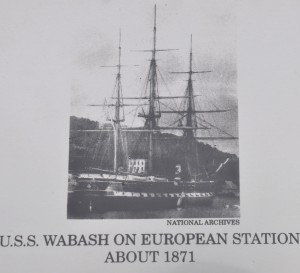
USS Wabash
Ten years elapsed from the time the keel of the USS Franklin (May 1854) was laid at the Portsmouth Naval Yard and the vessel launched on 17 September 1864. Another three years passed before the Franklin was commissioned, 3 June 1867. This wooden hulled, 44-gun, single screw steam-powered, sailing vessel had the distinction of having two smoke stacks that could be raised and lowered. Being commission after the Civil War ended, she did not serve during this conflict. However, the Franklin became the flagship of Admiral David Farragut during his command of the European Squadron. USS Franklin remained with this fleet until 1876, when she returned to Norfolk and was converted to a naval receiving ship. Decommissioned in 1915, this frigate met her demise at Cony Beach on 2 October 1916. Interestingly, the USS Franklin was the only of cremated vessel viewed by a future president of the United States. Franklin D. Roosevelt and his family came to Cony Beach from their summer home on Campobello Island—located across Friar Roads, the body of water that separates Campobello Island from Eastport, ME—to watch the burning. At that time FDR was the Assistant Secretary of the Navy.

USS Franklin
Last of the warships to be torched off Cony Beach (13 May 1920) was the sloop-rigged USS Richmond, the smallest of the five vessels, but the most notable. Differing from the other three larger wooden-hulled, steam-powered, single screw, sailing vessels, the Richmond only carried twenty two cannons on her deck. Her keel was laid 27 July 1858. She was launched 26 January 1860, and commissioned in October 1860. After a short tour of duty with the Mediterranean Squadron, she became part of Admiral Farragut’s Gulf Blockading Fleet and saw battles in the lower Mississippi River and along the northern coast of the Gulf of Mexico. When the USS Tecumseh struck an underwater mine—called torpedoes at that time—at the beginning (5 April 1864) of the Battle of Mobile Bay and sunk, the attack line of Farragut’s fleet was disrupted. Having no choice but to forge ahead into the bay, Farragut yelled his famous command, “Damn the torpedoes, full steam ahead!” The fleet regrouped. Farragut’s flagship, the USS Hartford, led the Richmond and the other Union ships of the line into Mobile Bay. The Battle of Mobile Bay extended for nearly a month. During this time the USS Richmond’s cannons almost continuously bombarded Fort Morgan. The little sloop of war sank or successfully blocked several Confederate ships from escaping to the open sea. The Richmond sustained little damage during the Battle of Mobile Bay, but returned to the Boston Navy Yard to be repaired and refurbished. For the next thirty four years the USS Richmond served duty in different Atlantic ports, e.g., as a member of various squadrons, a training ship, receiving ship, etc. In 1903 the sloop was sent to the Norfolk Navy Yard where she functioned as an auxiliary receiving vessel. The USS Richmond was decommissioned in 1919.

USS Richmond
I have scoured Cony Beach for artifacts on many occasions. On one particular visit the tide was low, exposing a rockweed covered section of the keel of a large wooden vessel with pieces of its ribs still attached. Assuming that the USS Richmond was the last vessel to be cremated off Cony Beach—about ninety five years ago—these may be the remains of this proud vessel. Perhaps so, but I’ve asked around and no one seems to know or remember. I’ll keep checking.

Keel and Ribs of Wooden-Hulled vessel exposed at low tide off Cony Beach.
ʃ ʃ ʃ ʃ ʃ
© Richard Modlin Copyright 1915
Newfound Freedom is available in hardcover, trade paperback, and electronic versions from Amazon.com.


